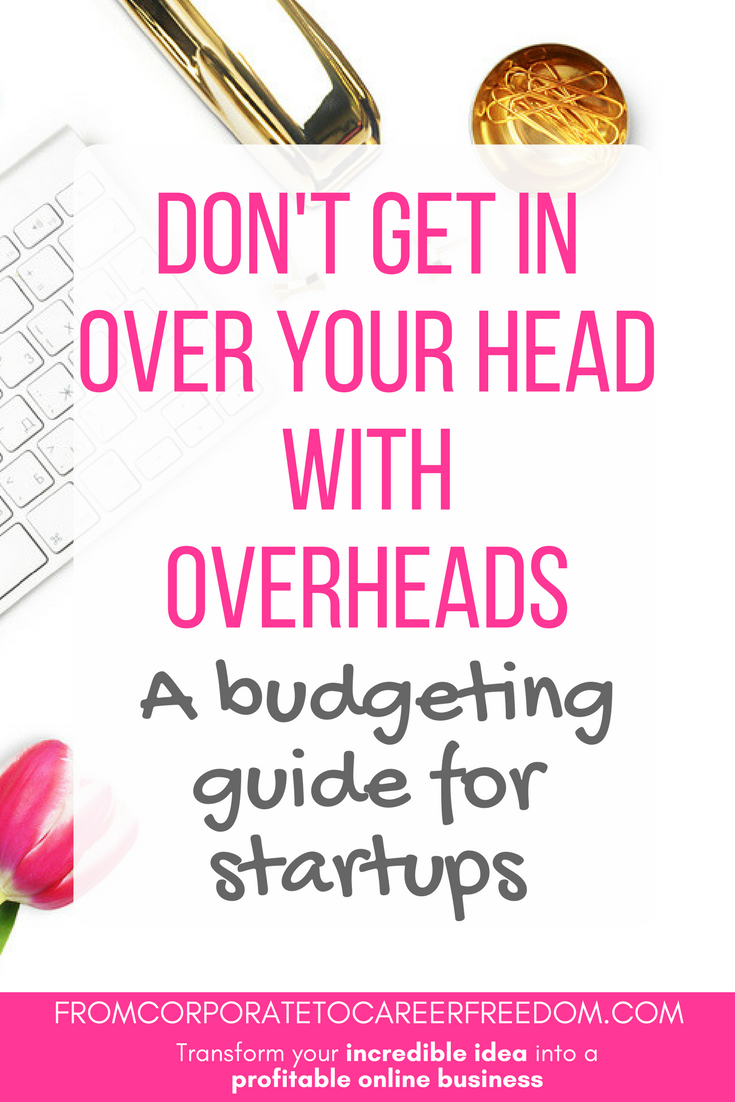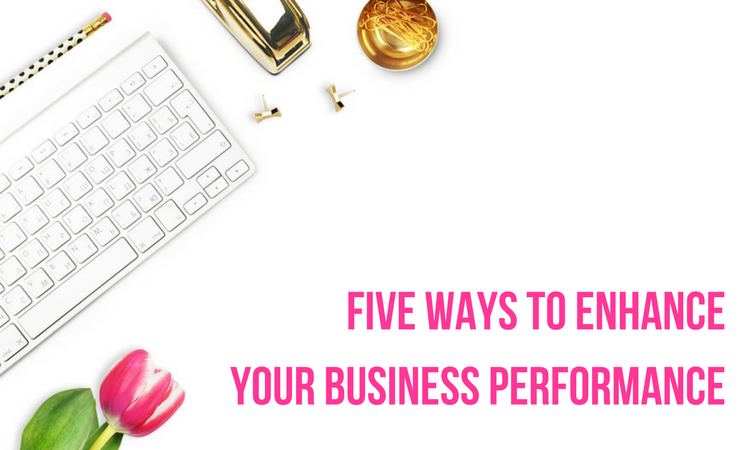Every business has them and every business owner wishes they didn’t. Your overheads are crucial to keeping the business running, but it’s all too easy to watch them become a major liability, instead. Overheads and costs that get out of control have ruined more than one business. Here, we’re going to take a look at how you ensure you always have a grasp over the running costs of the business, how you trim them down, and tools you can use to keep you afloat when they start getting out of control.
This is a contributed post. Please refer to my disclosure for more information.

Never lose track
The more attention you pay to your finances, the more likely you are to spot the warning signs that your costs are becoming higher than they have any reason to. Accounting software like those shown at Bit.com.au allow you to not only input and track all your expenses together but can help you track different accounts, allowing you to see how much of your current outgoings are represented by one expense or another. That way, you can see not only when you need to start cutting back on costs, but you can see the specific overheads that are taking up most of the centralized budget. Simply paying attention makes you a lot more aware to spot potential problems down the line.
Prioritise your spending
Overheads and costs are two different things, with overheads being the running expenses of the business and costs often referring to other one-time investments, as well. But they are both as important in your overall budget and cash flow, so we have to talk about both. When it comes to making sure your costs don’t eat into your overhead money, it’s all about making sure you’re spending on only the right things. It’s more important to spend on a good web host for the site while saving on digital marketing by making use of inbound marketing methods.
On the other hand, you should spend on the hardware and equipment while saving on software by using some of the available free suites out there. In time, you can pump a little more investment money into the aspects you’re saving on to choose more effective alternatives, but to start with, try and keep your costs lean.
Don’t let your resources collect dust
In time, you might find that the resources you spent quite a bit of money on and got quite a bit of use out of. to begin with are no longer as crucial to the business. Digital hardware, motorised equipment, company vehicles, even office furniture. It’s not always wise to hold onto unused equipment as it may cost you in ongoing storage space and maintenance costs. There are plenty of places like Touchpoint.com.au that make it easy to sell old equipment and recuperate some of their initial expense, helping you get rid of some of your budget bloat.

Know your funding sources
What happens if you find that you have spent too much on unnecessary costs or let your overheads grow to the point that it’s affecting future cash flow? A little wiggle room in the budget goes a long way and finding a new source of funding can help you keep an even keel on the business while taking other measures to reduce those expenses. Places like UnsecuredFinanceAustralia.com.au offer loans based not just on credit but using some of the equipment in the business as collateral to make repayments much more manageable. You can get some of the cash to keep your business going, allowing you some more time to reduce overheads and start cutting costs.
Borrow rather than buy
The more equipment you buy into the business, whether hardware, machinery, or otherwise, the more your overheads will swell. They all require maintenance and repairs from time to time, after all. If you’re worried that buying more equipment will push those overheads over a manageable limit, then think twice about buying them. Instead, leasing equipment from services like FlexiCommercial.com.au can be much more cost-effective. You have the initial cost of the transaction, but none of the maintenance or aftercare once you’re done with the equipment. Of course, this only works if your need for certain equipment is temporary or intermittent. The more you use a piece of equipment, the more cost-effective it is to buy it outright.
Always consider second-hand
To stop one-time costs biting into your overheads budget, there are other ways to save on the equipment you absolutely need. For instance, it could be a lot cheaper to buy second-hand or refurbished equipment. There are businesses like NepeanOfficeFurniture.com.au that can help you outfit the whole office much more cheaply. But digital hardware and machinery equipment are just as easy to find refurbished. Make sure you’re getting from a respected supplier with a good reputation, however. There’s nothing to fear from a piece of equipment that has had the time and care put into restoring it, but if you buy it from any old source, there’s a good chance you could be purchasing equipment with one underlying issue or another.

Don’t be afraid to cut costs of your overheads
At some point, when your overheads grow too large, there may be no alternative course of action to find other than cutting them down. A funding injection to the business can keep you running smoothly while you handle the crisis, but it’s a temporary solution and you need a more permanent fix. So, think about the overhead costs you really don’t need quite as much. Do you rely on too many outsourced services when you could take on more of their duties in-house? Do you need quite as much of the office space as you have, or could you downsize or even rent some of the space out to another business? And do you need as many employees as you have, with the retirement contributions and other benefits, or could you make better use of freelance contractors?
A firm grasp on your finances is crucial if you want to succeed in business. A close eye on them is the best way to achieve that. Always keep in mind what your costs are, how necessary they are, and when to cut them back.
Here’s What To Read Next
These 2018 business trends are a must-read if you want to grow your small business this year




